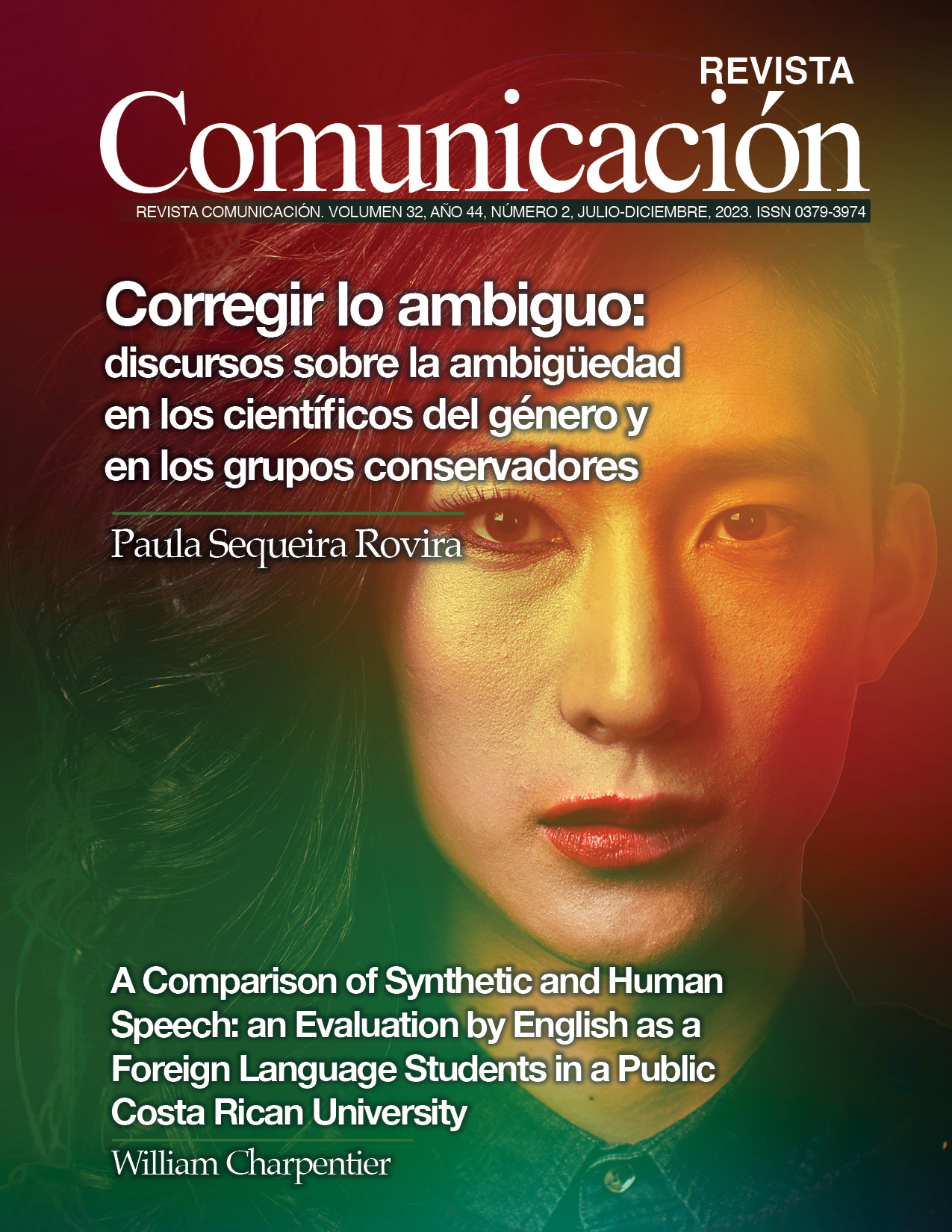Who is Responsible for the Resistance to the Advancement of Science?
Main Article Content
Abstract
In this paper the resistance to the progress of science is briefly analyzed. The blame for suppressing the rapid advancement of science has traditionally been laid on various institutions such as the State (by not providing sufficient economic resources), and the Church (by opposing new treatments or procedures), or even the legitimate or unfounded fears of the population. Having recalled a few examples from the history of medicine, physiology, and astronomy, it is suggested that the main opposition to the progress of science necessarily comes from within its ranks. The need for a gradual questioning of novel ideas is justified while warning against excessive resistance. Some examples of resistance originating in religion are also presented, antagonism that may or may not be justified. Interestingly, in these examples, significant opposition from science itself has also been identified. In conclusion, the opposition to changing existing paradigms and embracing progress may be an inherent quality of science rather than a deficiency of religion or other institutions.
Article Details

This work is licensed under a Creative Commons Attribution-NonCommercial-NoDerivs 3.0 Unported License.
Política de acceso abierto
Esta revista provee acceso libre inmediato a su contenido bajo el principio de que hacer disponible gratuitamente investigación al público apoya a un mayor intercambio de conocimiento global.
Ser una revista de acceso abierto, implica que todo el contenido es de libre acceso y sin costo alguno para el usuario o usuaria, o institución. Las personas usuarias pueden leer, descargar, copiar, distribuir, imprimir y buscar los artículos en esta revista sin pedir permiso previo del editor o el autor con fines educativos y no de lucro.
La única limitación de la reproducción y la distribución, y el único papel de los derechos de autor en este ámbito, debe ser dar a los autores el control sobre la integridad de su trabajo y el derecho a ser debidamente reconocidos y citados. (Budapest Open Access Iniciative)
LICENCIAMIENTO Y PROTECCIÓN INTELECTUAL
Todos los artículos publicados, están protegidos con una licencia Creative Commons 3.0 (Creative Commons Reconocimiento – NoComercial – SinObraDerivada) de Costa Rica. Consulte esta licencia en: http://creativecommons.org/licenses/by-nc-sa/3.0/cr/
Las licencias constituyen un complemento al derecho de autor tradicional, en los siguientes términos:
- Se impide la obra derivada (es decir, no se puede alterar, transformar ni ampliar el documento).
b. Siempre debe reconocerse la autoría del documento referido.
c. Ningún documento publicado en la Revista Comunicación, puede tener fines comerciales de ninguna naturaleza.
Mediante estas licencias, la revista garantiza al autor que su obra está protegida legalmente, tanto bajo la legislación nacional como internacional. Por tal motivo, cuando sea demostrada la alteración, la modificación o el plagio parcial o total de una de las publicaciones de esta revista, la infracción será sometida a arbitraje internacional en tanto que se están violentando las normas de publicación de quienes participan en la Revista y la Revista misma. La institución afiliada a Creative Commons para la verificación en caso de daños y para la protección de dichos productos es el Instituto Tecnológico de Costa Rica, mediante la Editorial Tecnológica y la Vicerrectoría de Investigación.
References
Aragón-Vargas, L. F. (2017). La interacción entre ciencia y religión: una actualización sobre el conflicto. InterSedes 18(37):2-30. DOI: http://dx.doi.org/10.15517/isucr.v18i37.28649
Aragón Vargas, L.F. (2020). Editorial: la inercia en la conducta humana. ¿Cuánto pesa la ciencia? Pensar en Movimiento, 18(2):1-3. DOI: https://doi.org/10.15517/pensarmov.v18i2.45185
Aragón Vargas, L.F. y Fernández Ramírez, A. (1995). Fisiología del Ejercicio. Respuestas, entrenamiento y medición. Editorial Universidad de Costa Rica.
Ashworth, W. B. Jr. (1986). Catholicism and Early Modern Science. En Lindberg, D. C. y Numbers, R. L. (editors). God & Nature. Historical Essays on the Encounter between Christianity and Science. University of California Press.
Best, M. y Neuhauser, D. (2004). Ignaz Semmelweis and the birth of infection control. BMJ Quality & Safety 13:233-234.
Brooke, J. H. (2016). Ciencia y religión: perspectivas históricas. Editorial Sal Terrae.
Dossey, L. (2019). Huellas en la nieve. En Templeton, J. M. y Giniger, K. S. (editores): Evolución espiritual. Diez científicos escriben sobre su fe. Editorial Sal Terrae.
Fallas Navarro, S., Salazar Sánchez, L., Moreno Robles, E., Leal Esquivel, A., Aragón Vargas, L.F. (2021). La vacuna contra la Covid-19: ¿Garantía, esperanza o amenaza? (Resumen escrito). Repositorio institucional Kérwá de la Universidad de Costa Rica. Disponible en https://www.kerwa.ucr.ac.cr/handle/10669/84338
Henry, J. (2017). La religión y la revolución científica. En Harrison, P. (editor). Cuestiones de ciencia y religión: Pasado y presente. Editorial Sal Terrae.
Kuhn, T. S. (1962). The Structure of Scientific Revolutions. The University of Chicago Press.
Levy, J. (2010). Rivalidades científicas. Paraninfo.
Shea, W. R. (1986). Galileo and the Church. En Lindberg, D. C. y Numbers, R. L. (editors). God & Nature. Historical Essays on the Encounter between Christianity and Science. University of California Press.
Silverman, M.E. (1985). William Harvey and the Discovery of the Circulation of Blood. Clinical Cardiology 8:244-246. Disponible en https://onlinelibrary.wiley.com/doi/pdf/10.1002/clc.4960080411
Westman, R. S. (1986). The Copernicans and the Churches. En Lindberg, D. C. y Numbers, R. L. (editors). God & Nature. Historical Essays on the Encounter between Christianity and Science. University of California Press

